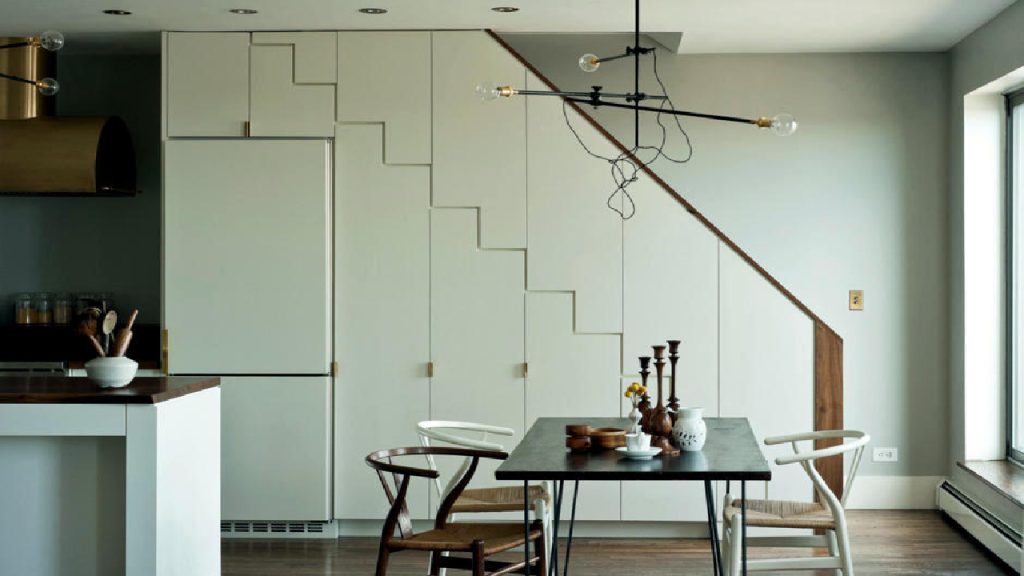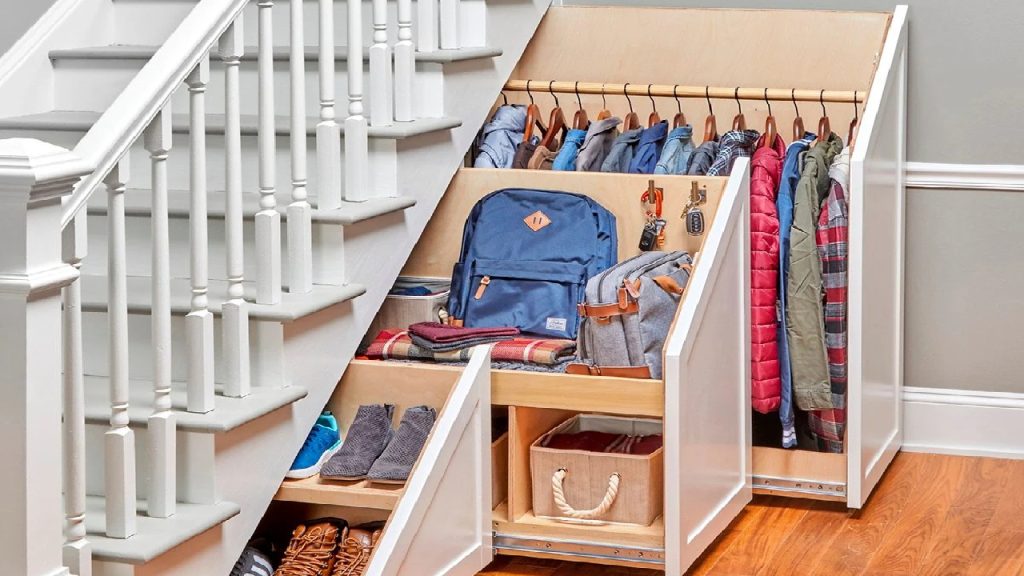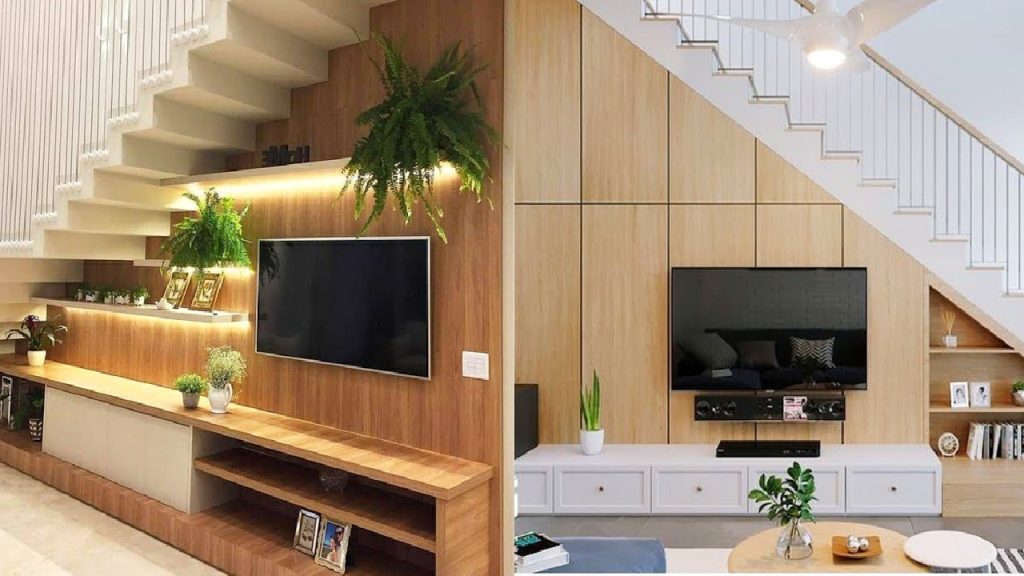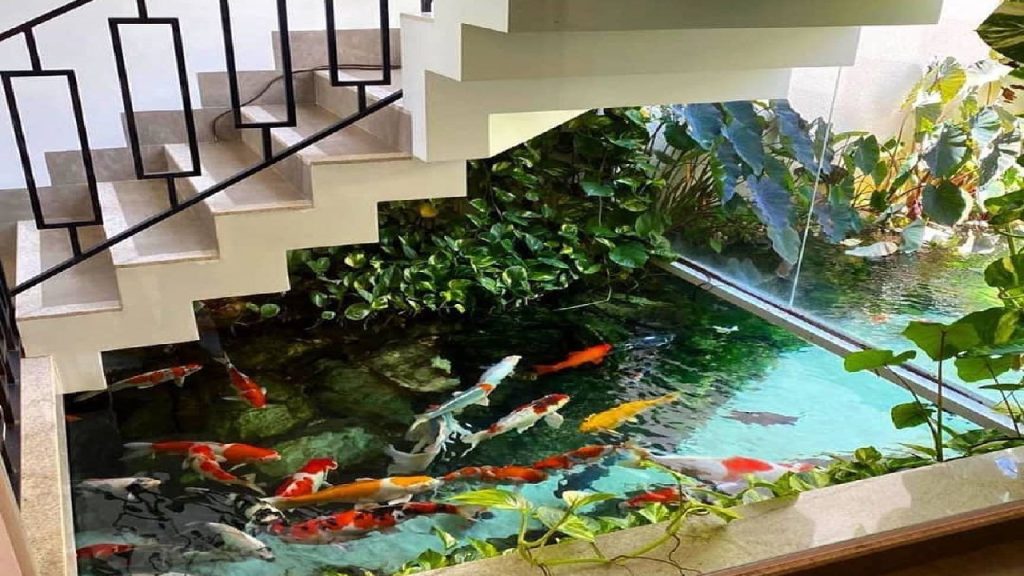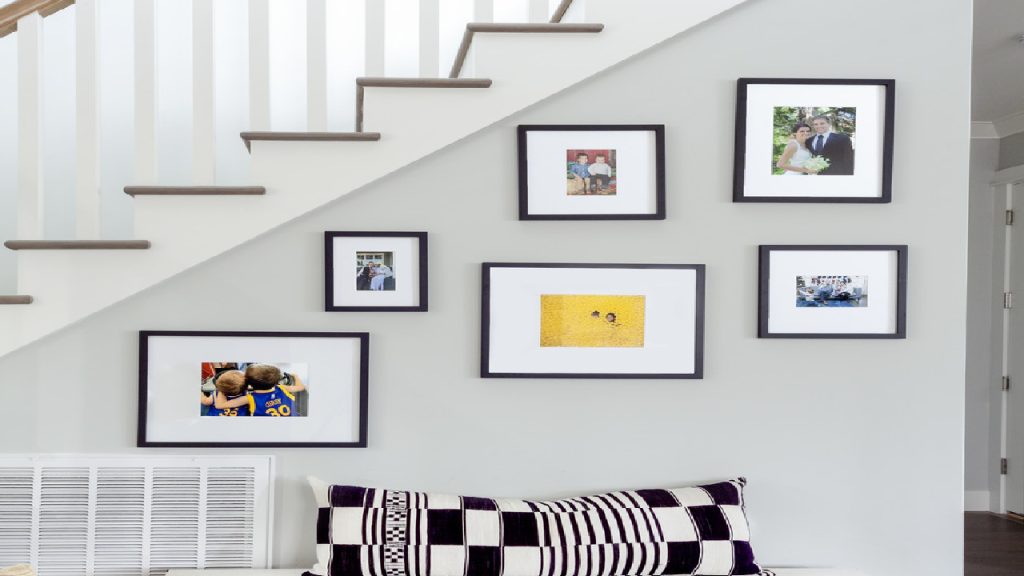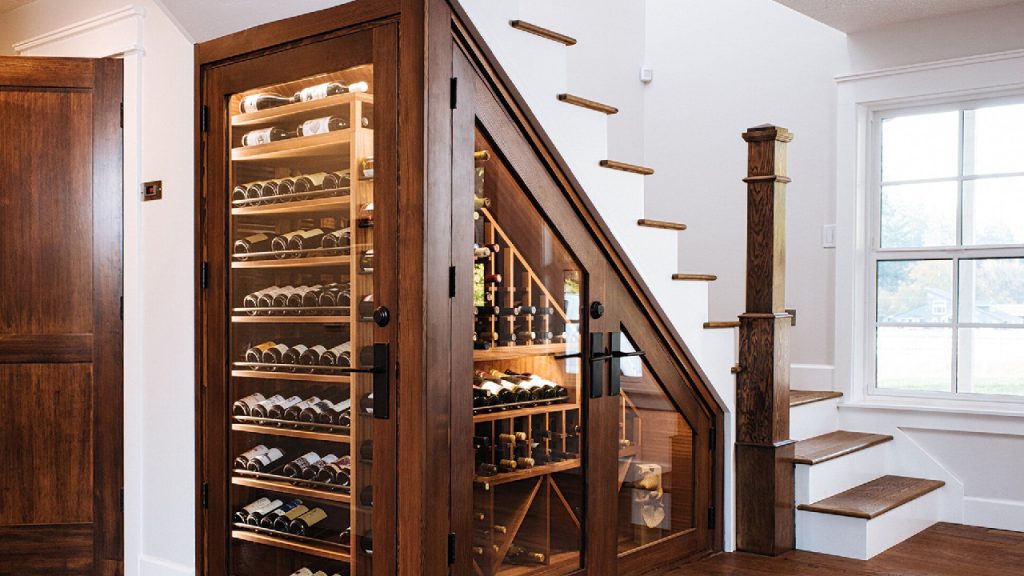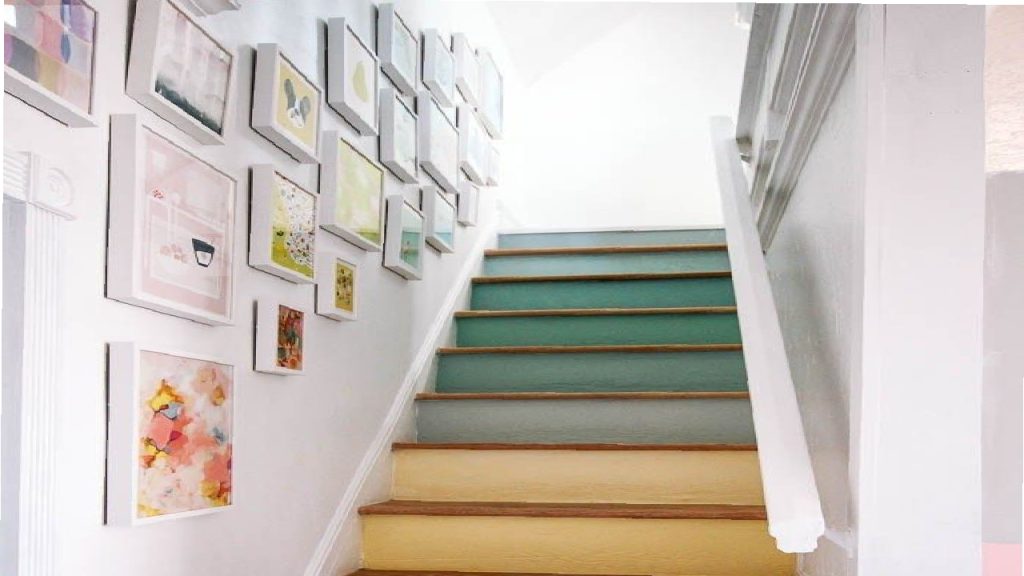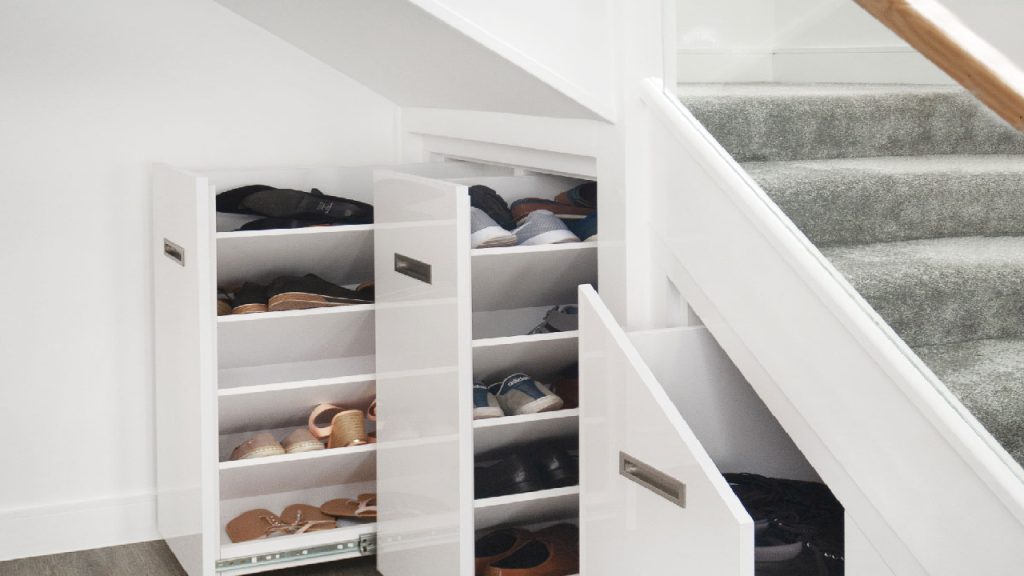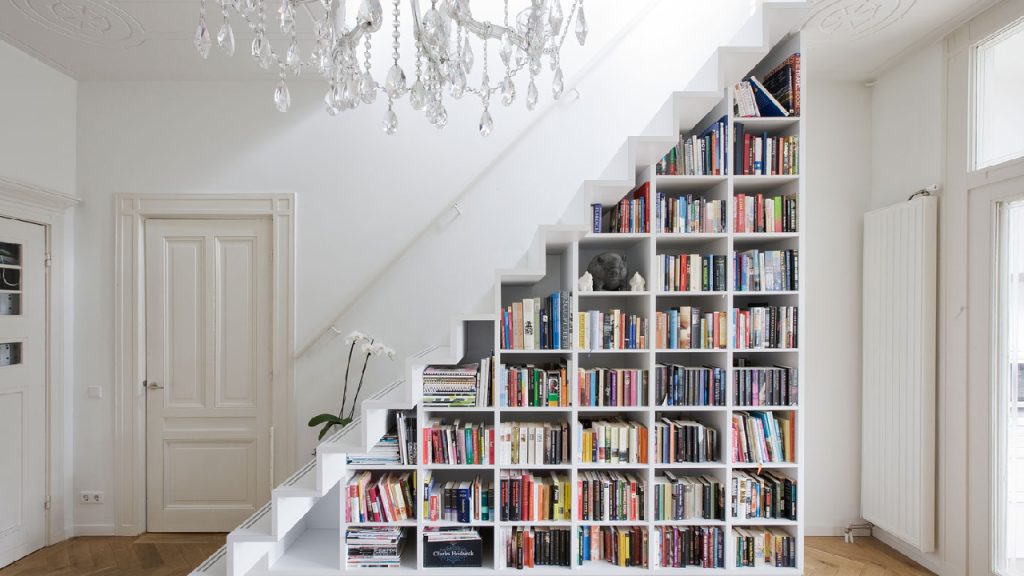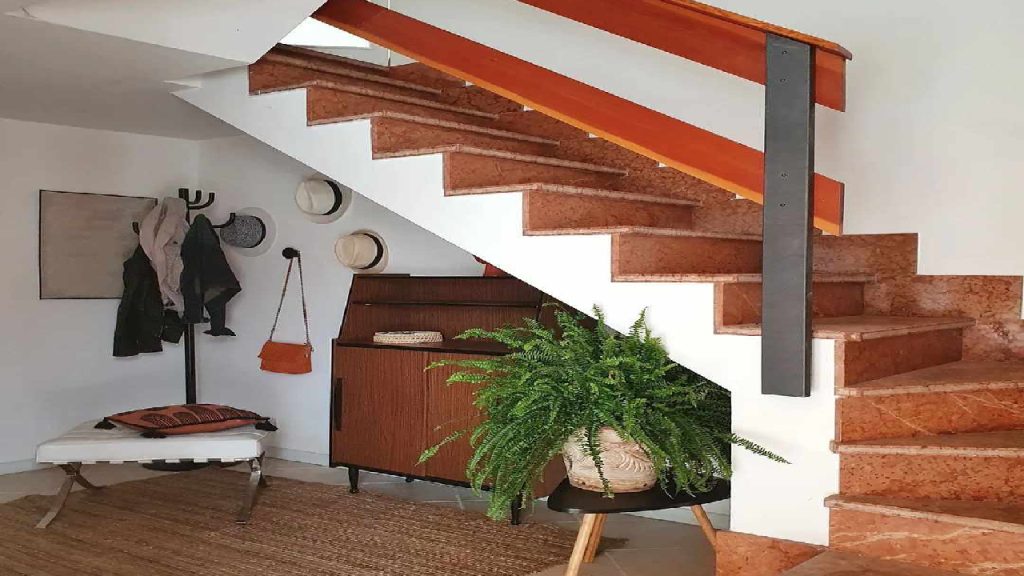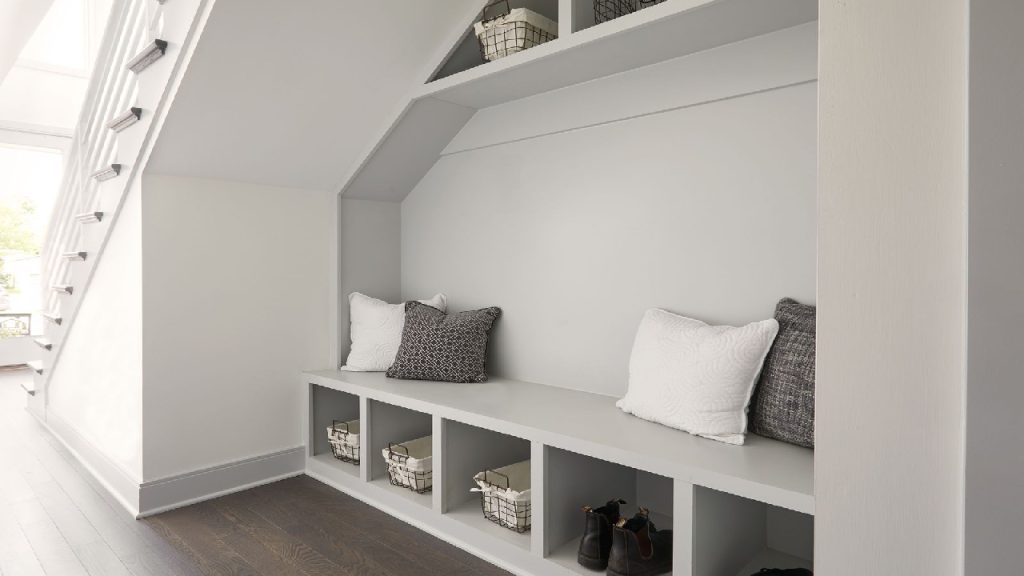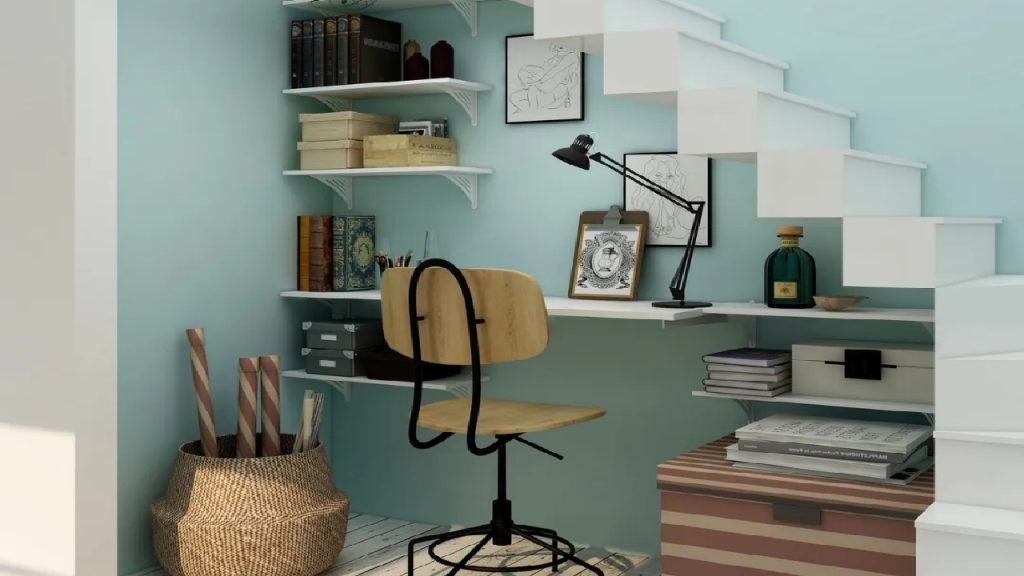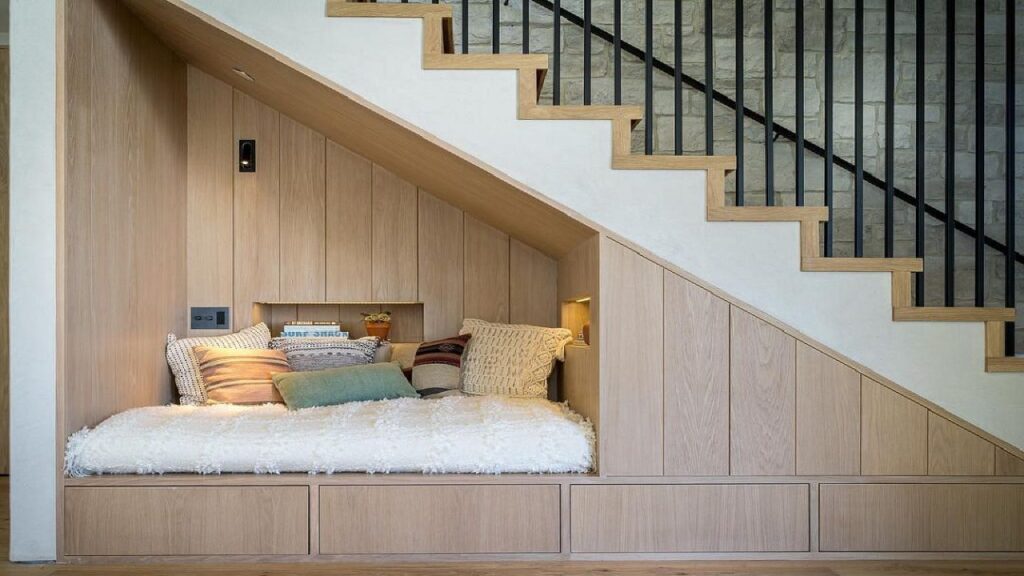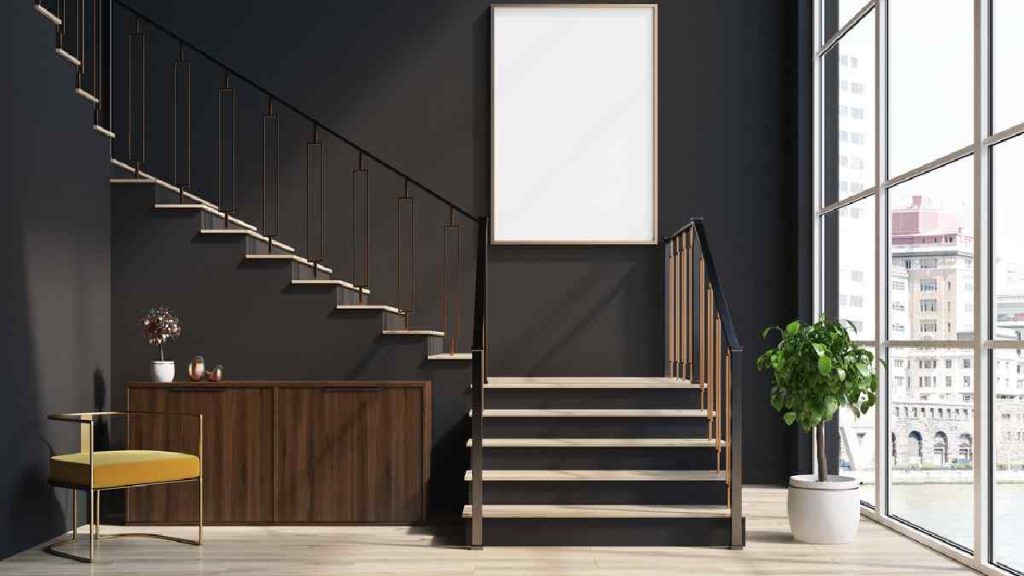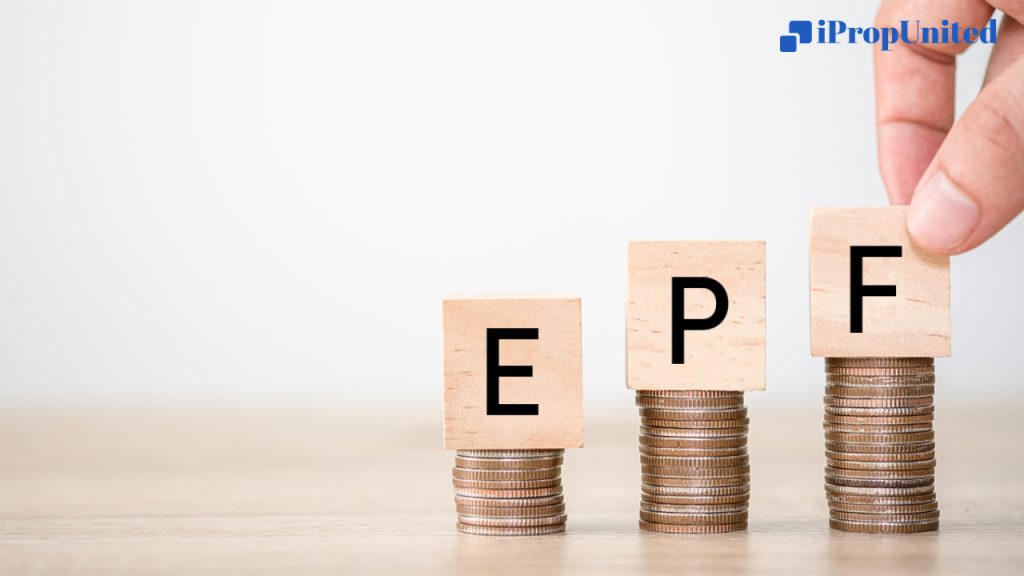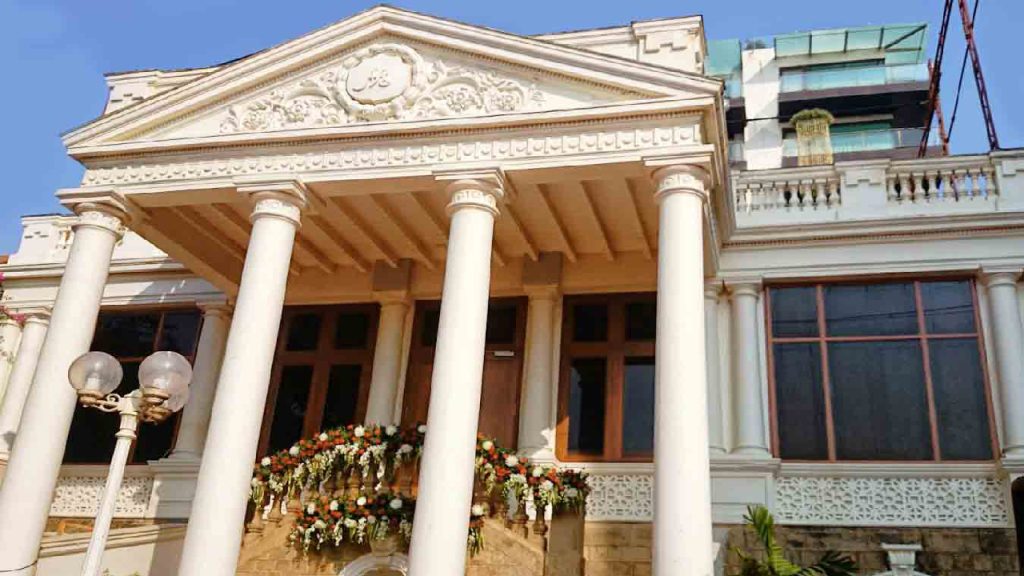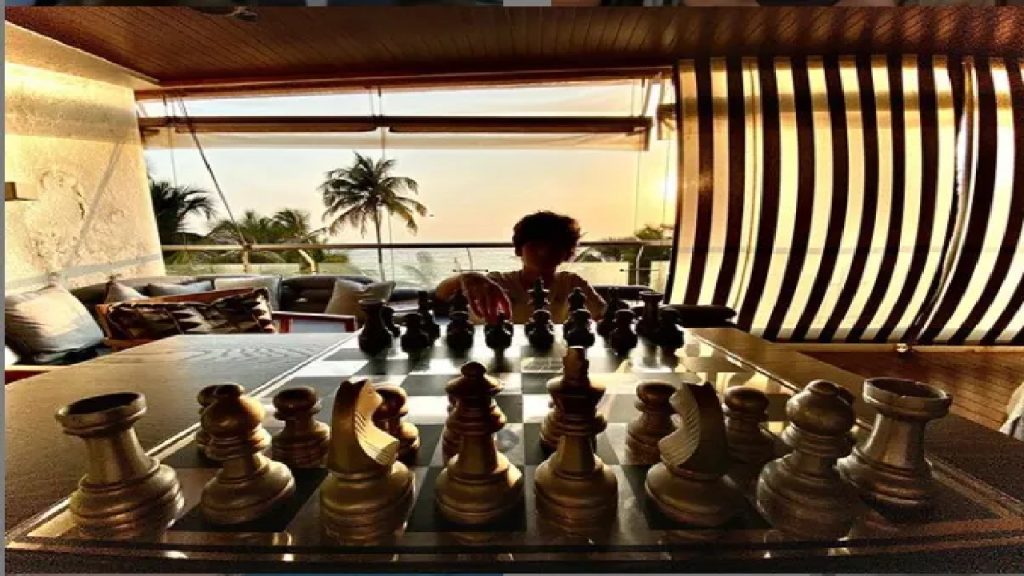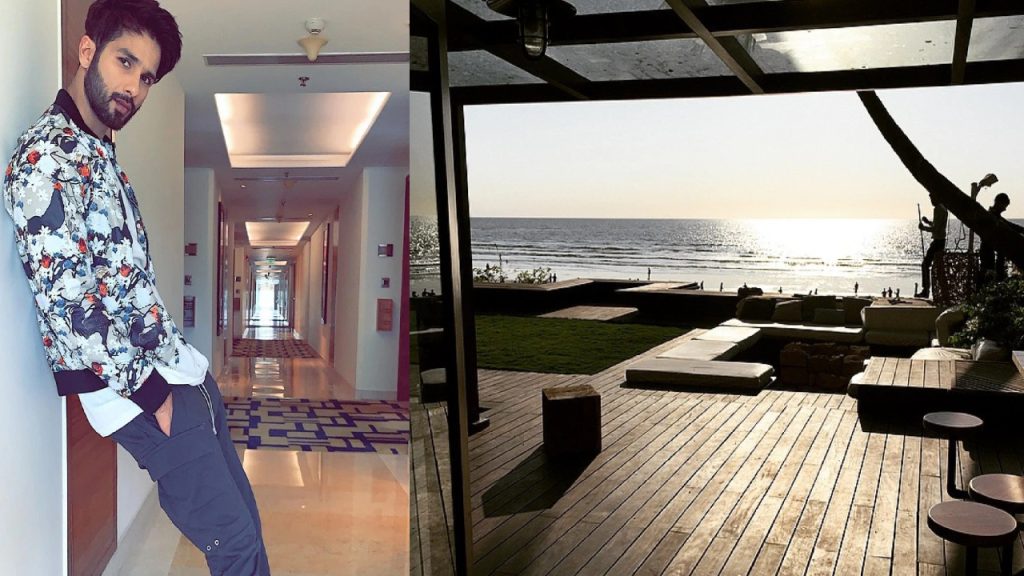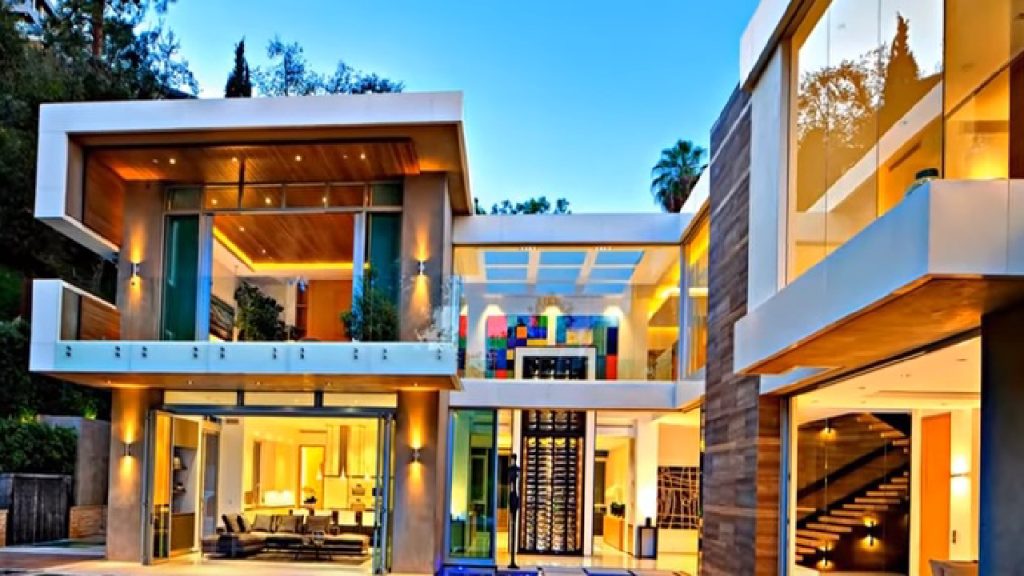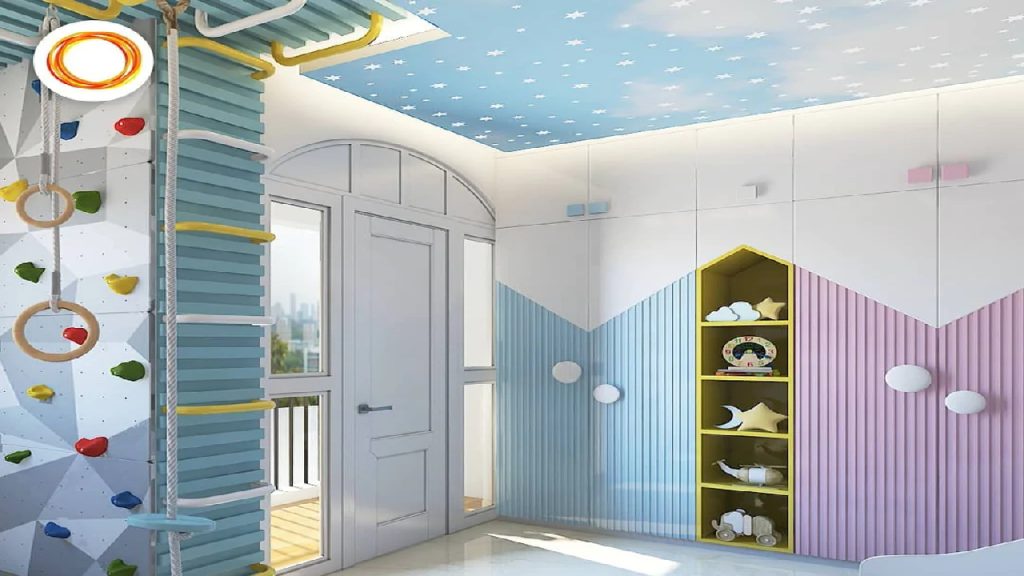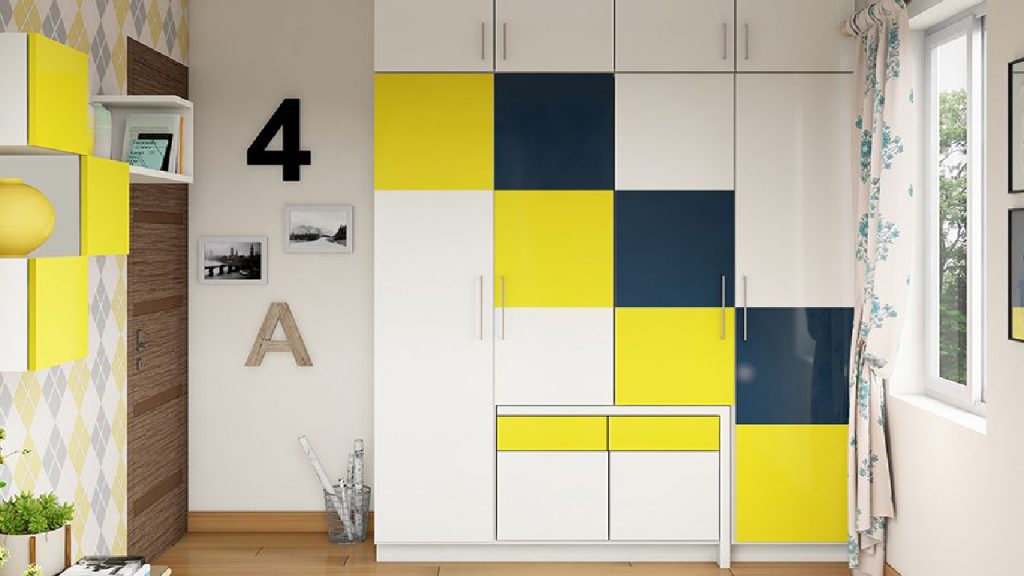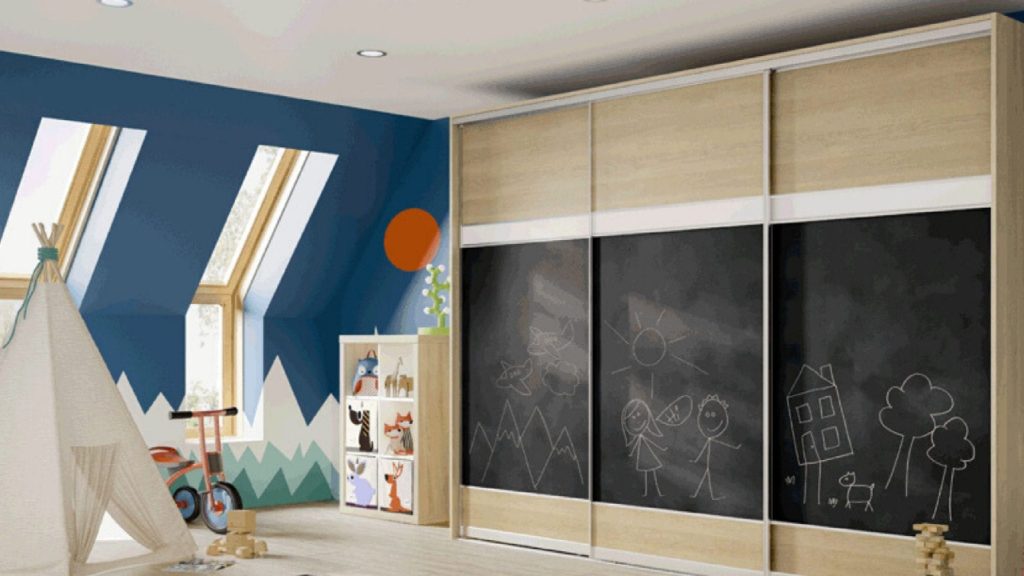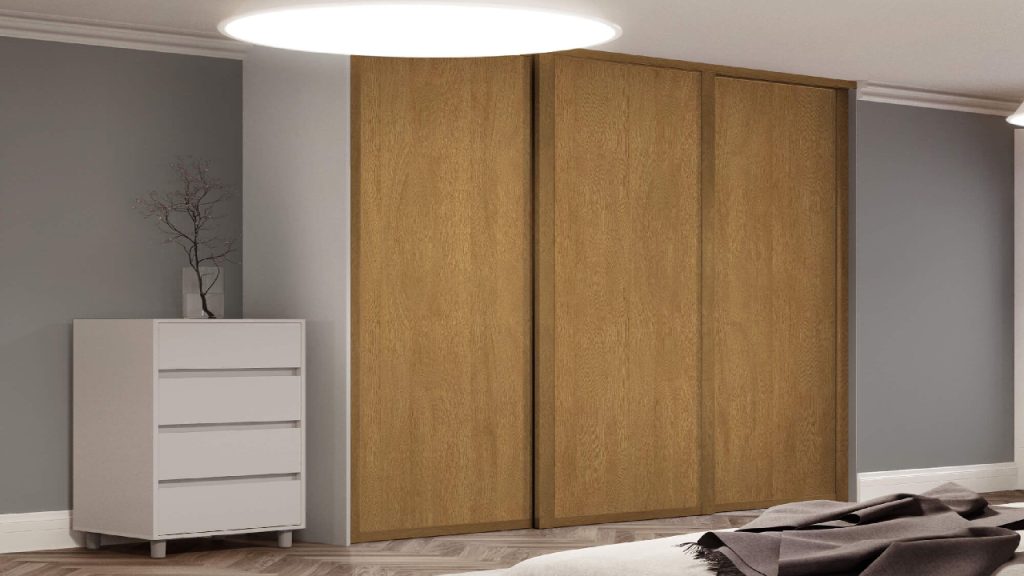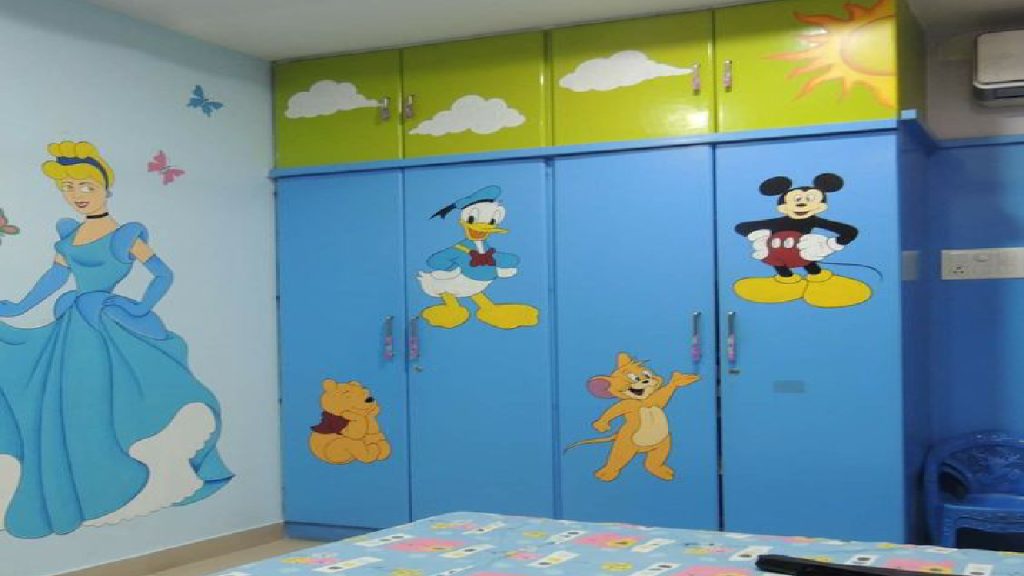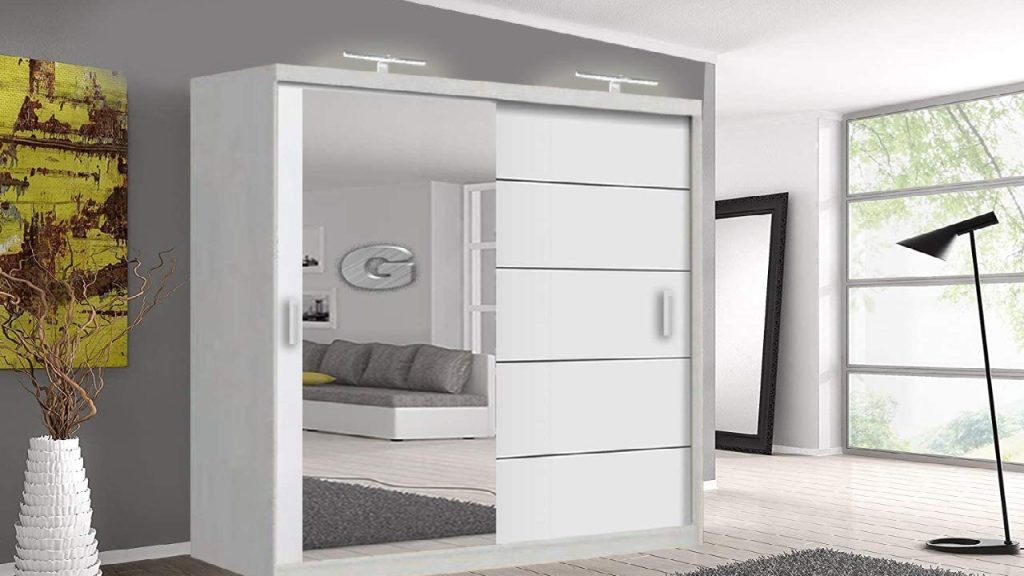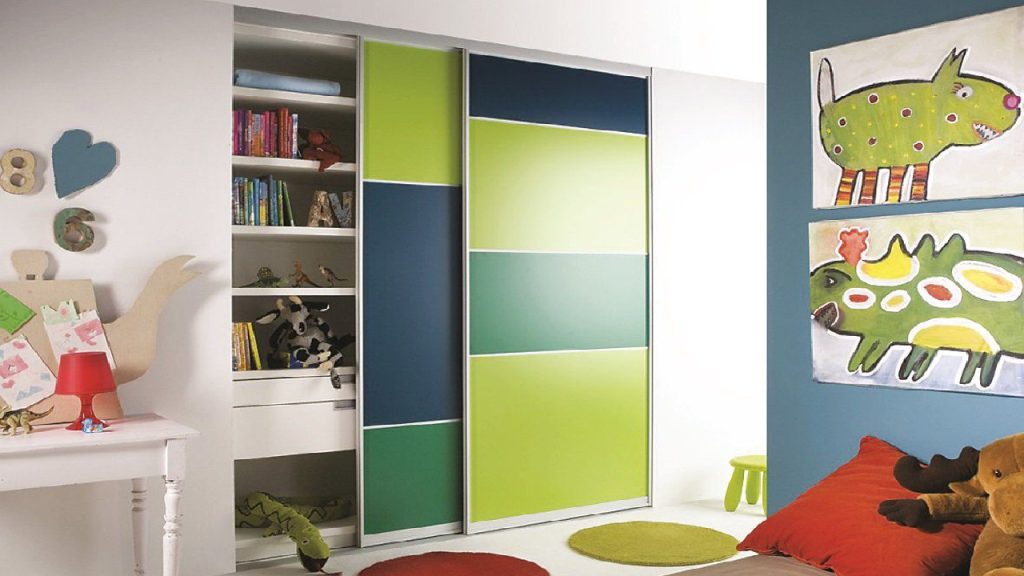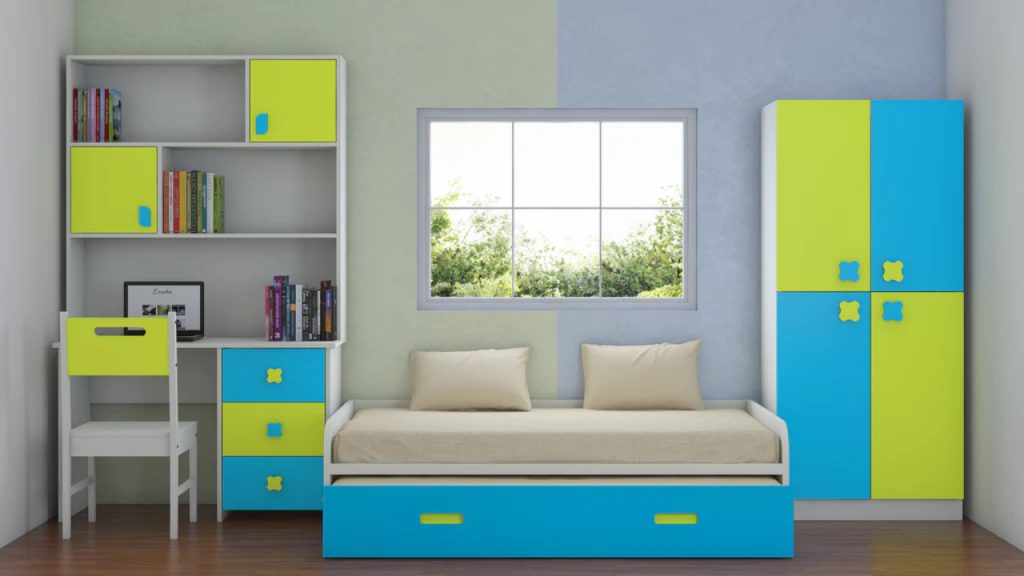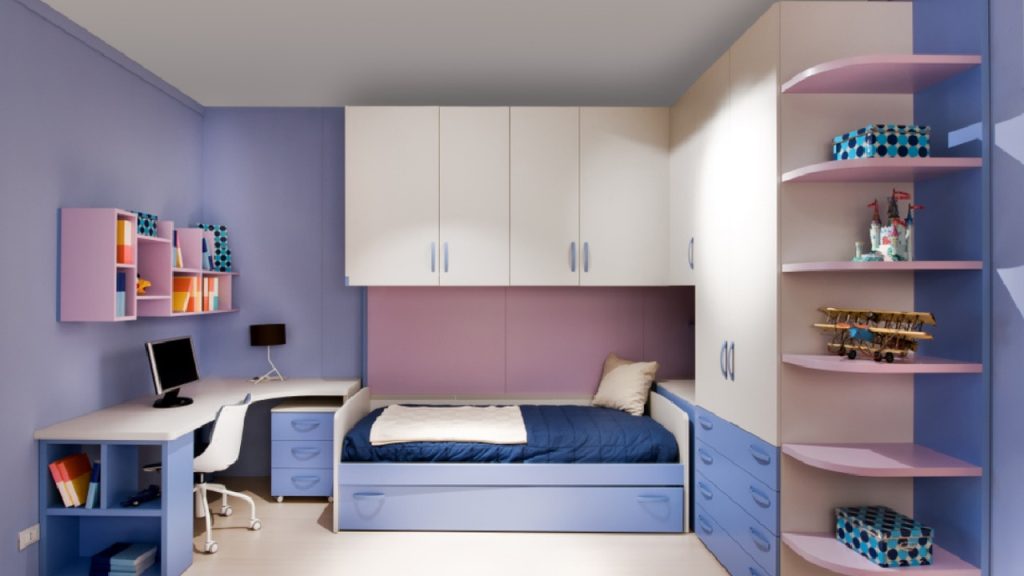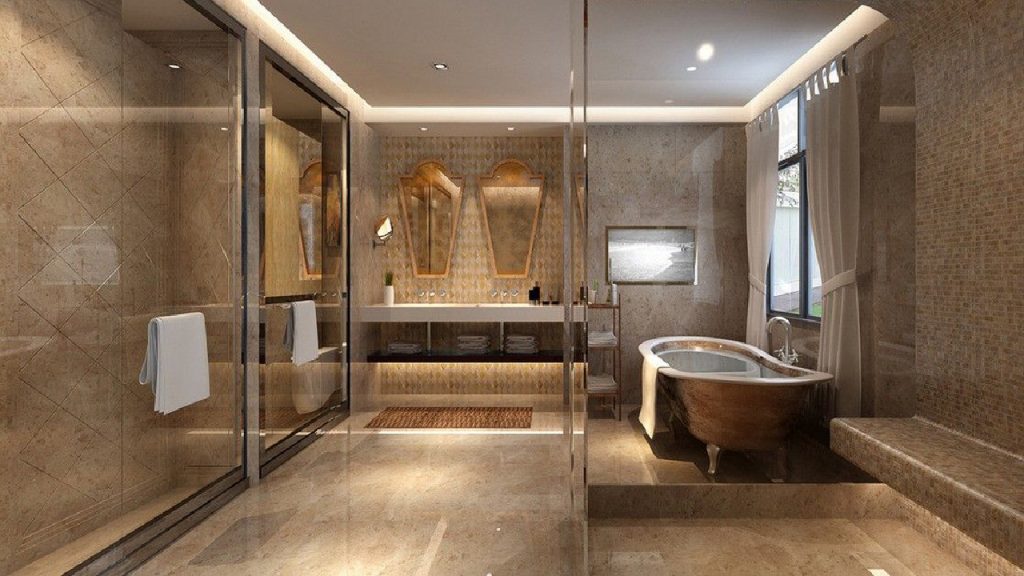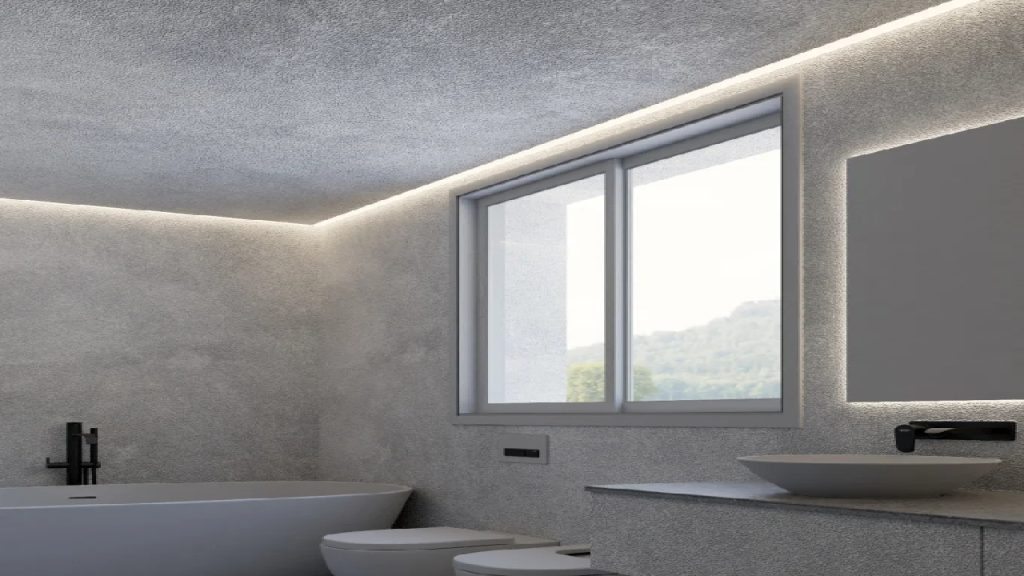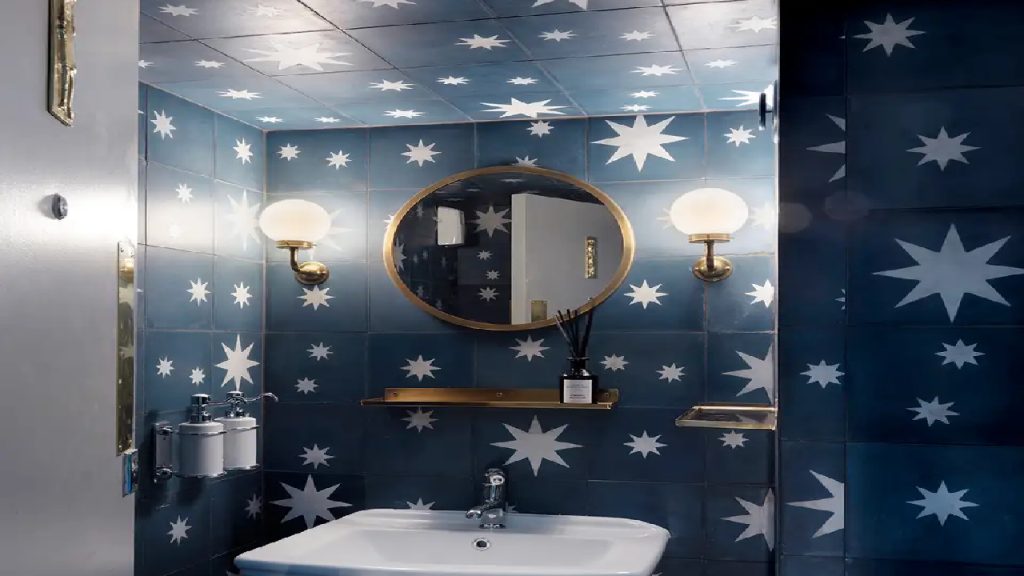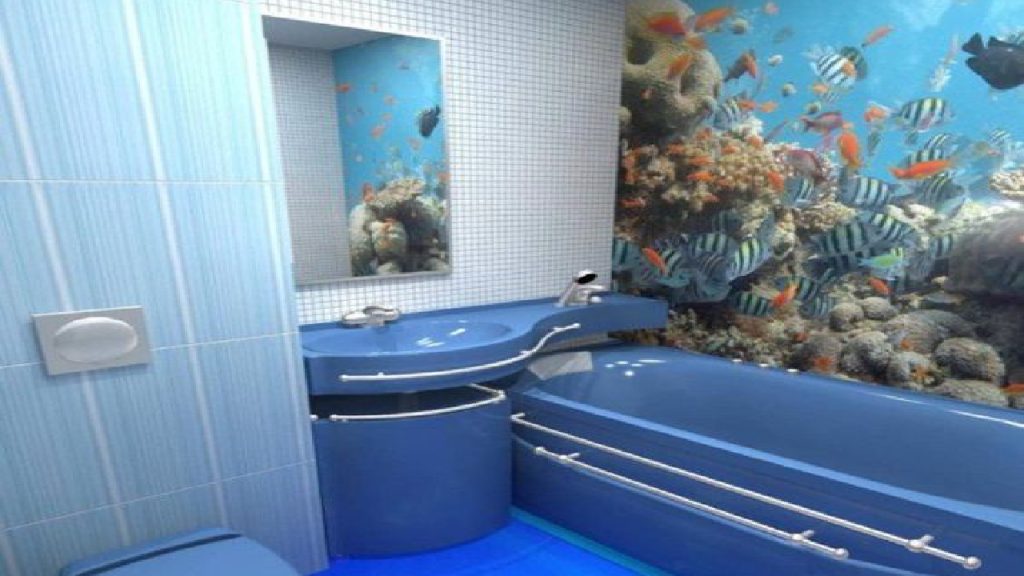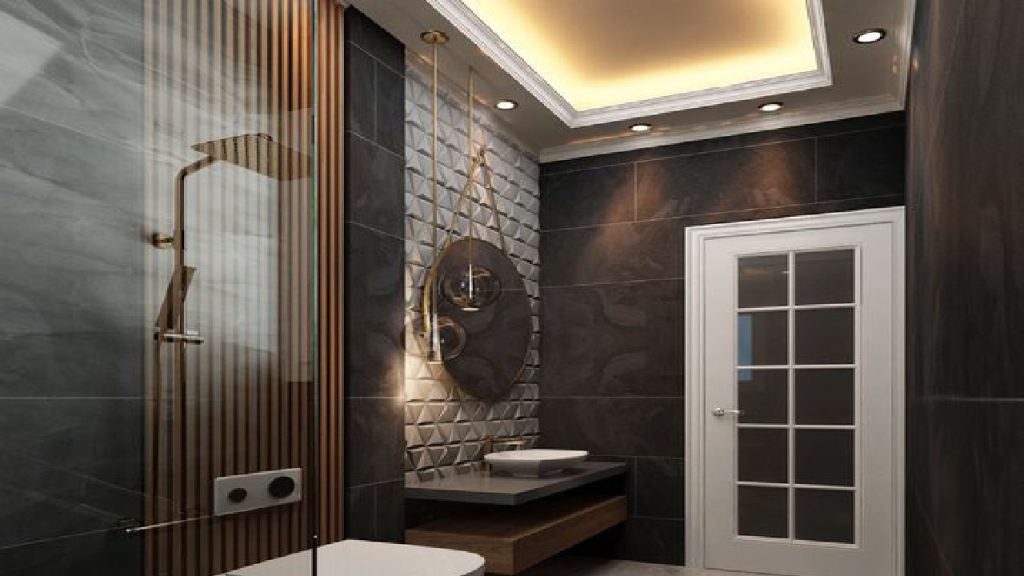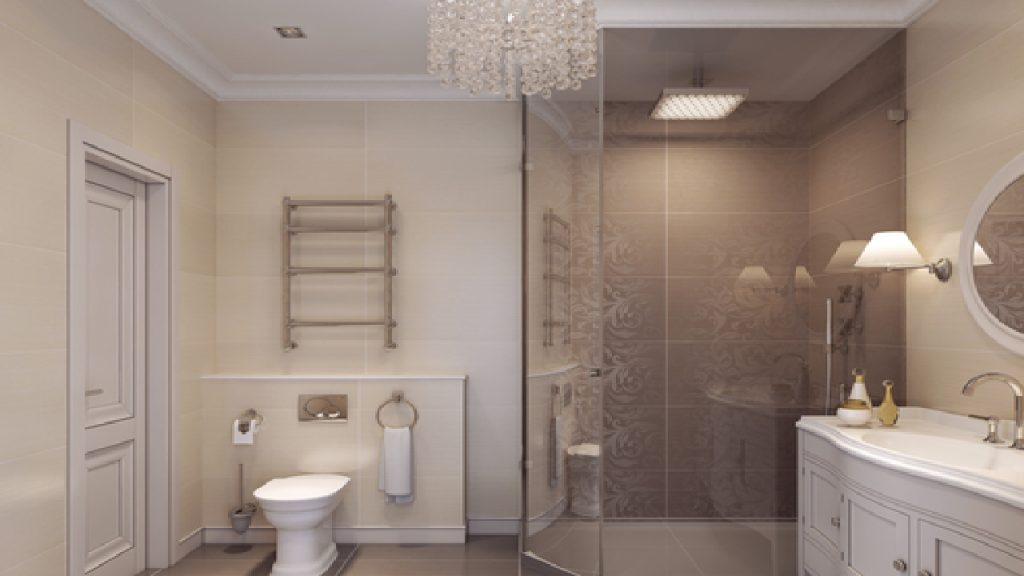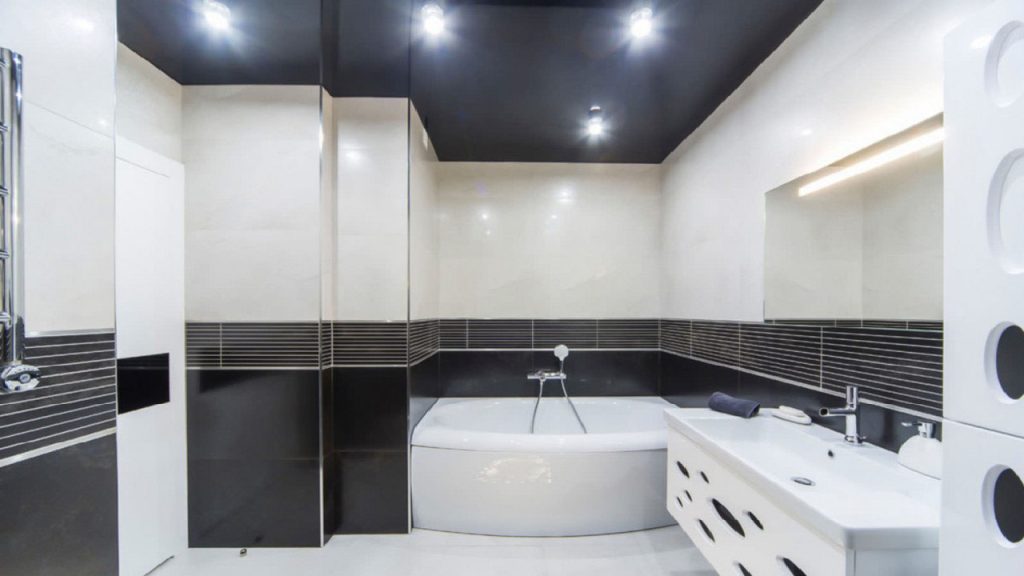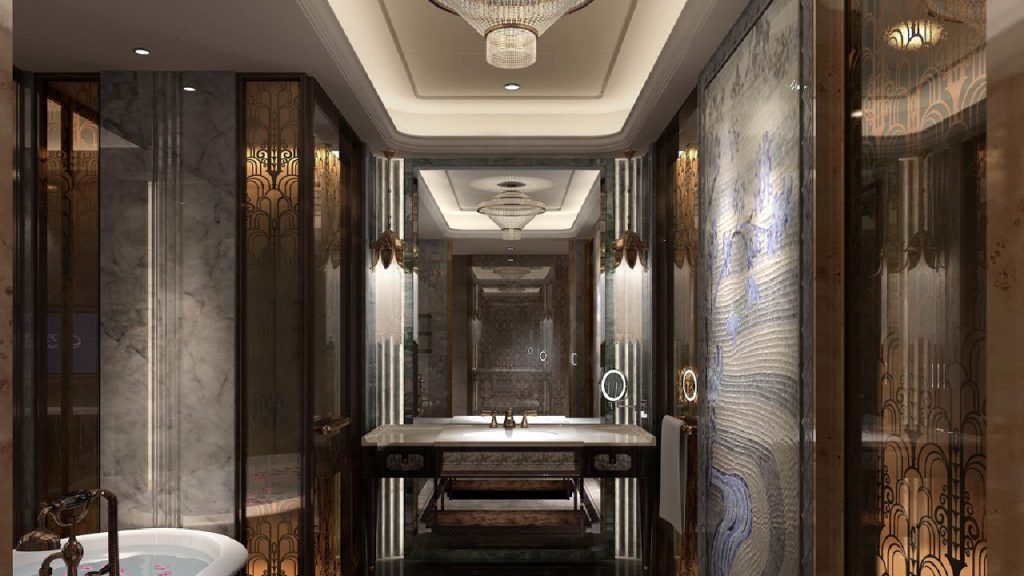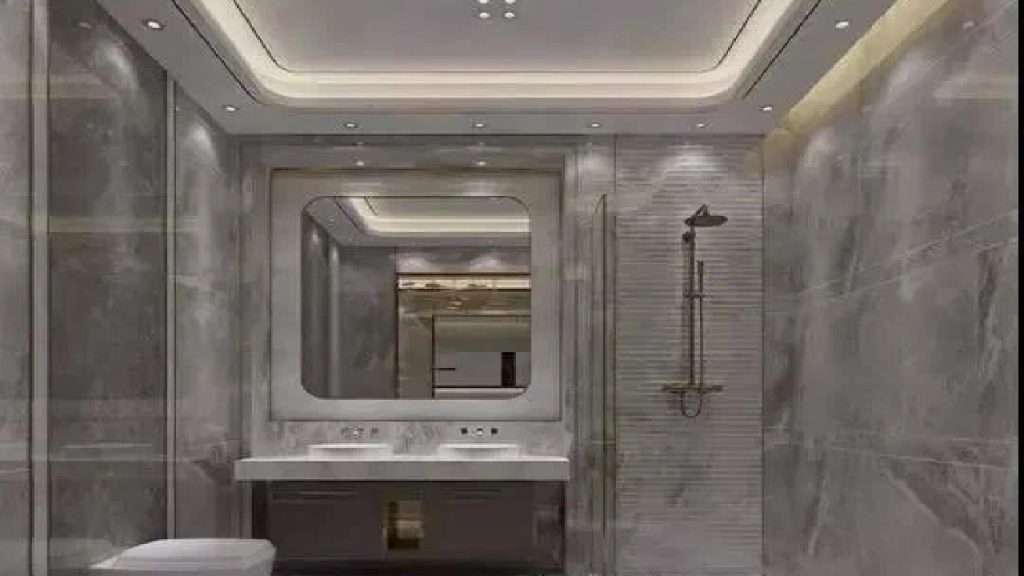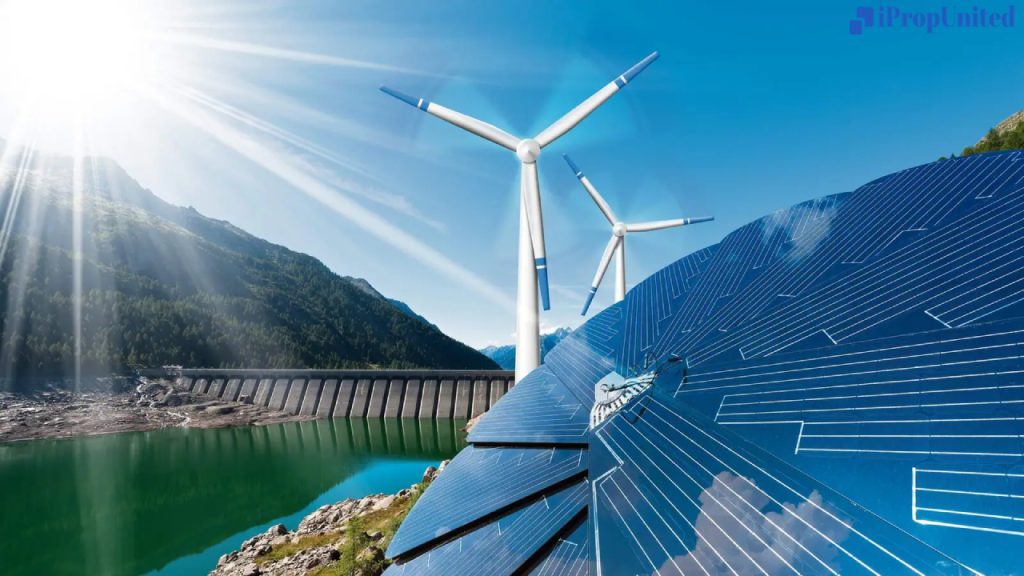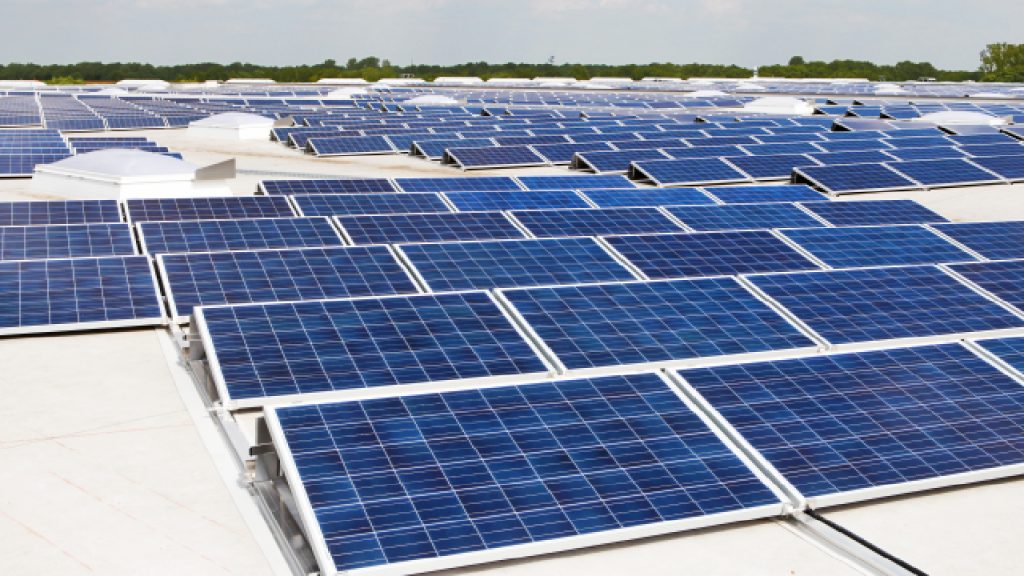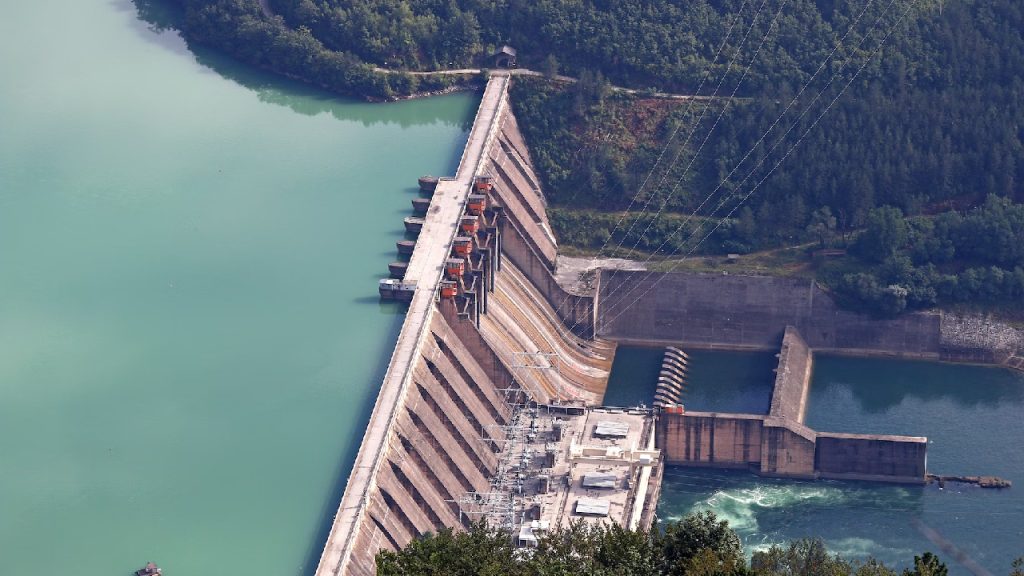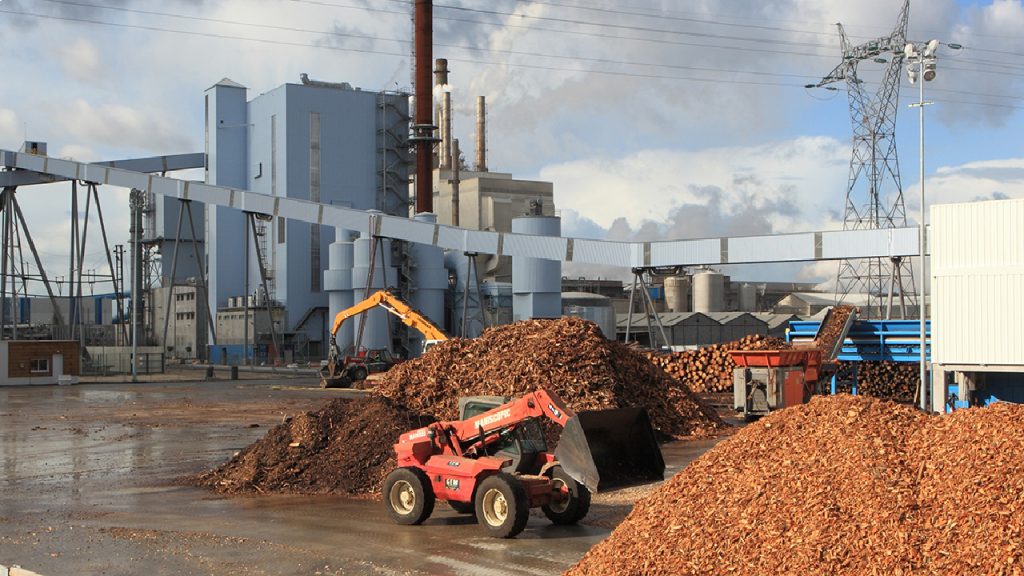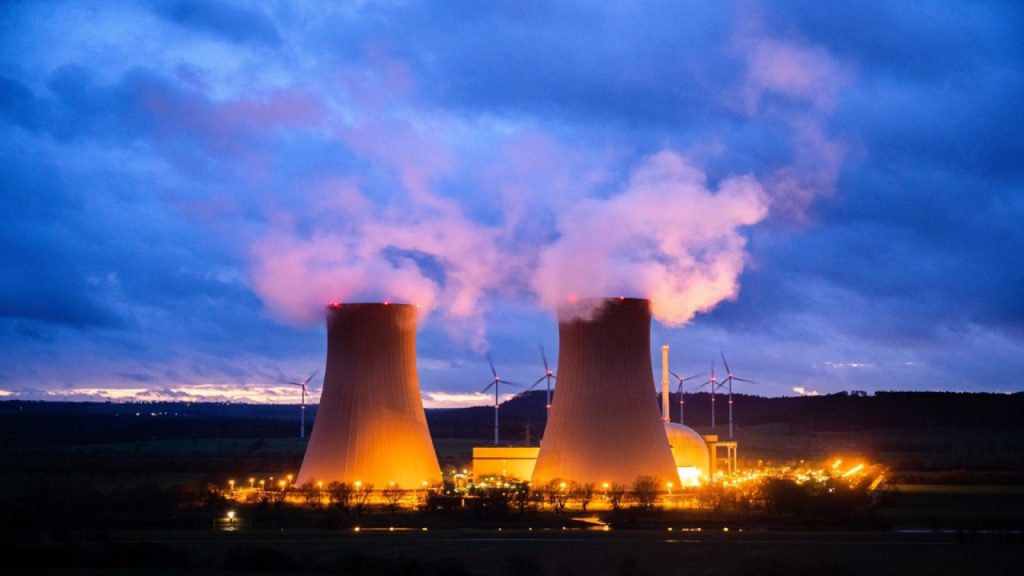In a world grappling with the impending climate crisis, the term “sustainability” often loses its true essence despite being widely discussed and shared online. However, the urgency of climate change calls for immediate action. On this World Environment Day, it is crucial to rally together and prioritize sustainable practices to halt and reverse the damage inflicted upon our ecosystem.
This year’s World Environment Day urges us to reimagine our relationship with the environment, recreate sustainable practices, and restore the balance within nature. We recognize the significance of environmental sustainability in the real estate sector and aim to generate awareness regarding its importance.
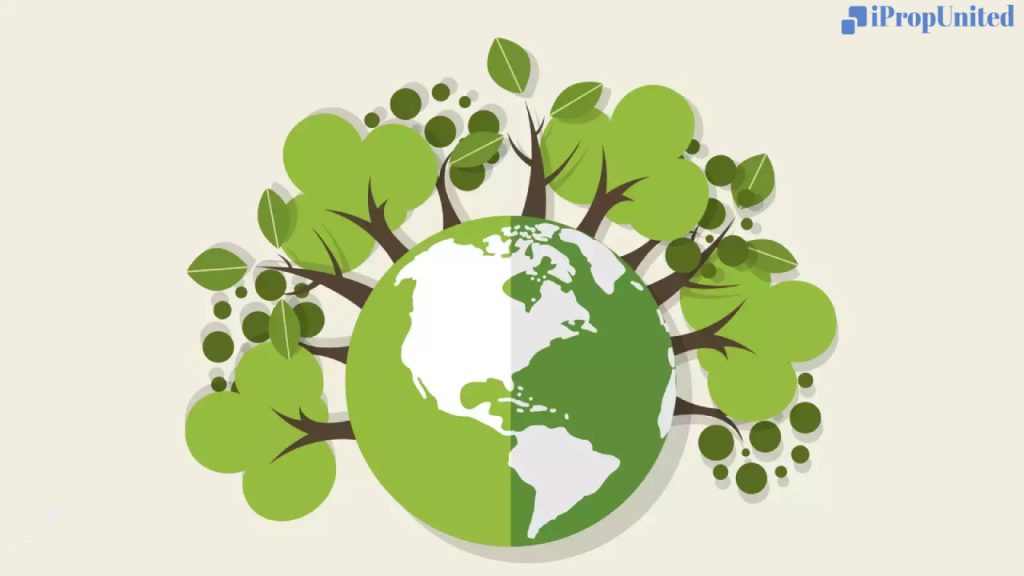
Real Estate’s Environmental Impact: The real estate sector, known for its substantial resource consumption and contribution to global climate change, must make sustainability an integral part of its business plans. With natural resources being exploited beyond their regenerative capacity, the pressing need to construct sustainable housing has become undeniable. To address the demand for housing and combat climate change, it is essential for real estate developers and homeowners to pledge their commitment to green housing on this World Environment Day.
The Importance of Sustainable Properties: The ongoing COVID-19 pandemic has underscored the necessity for sustainable properties that prioritize sustainable construction and design. Lockdowns and remote work arrangements have made us realize the dire need for green homes. By embracing sustainable design, construction, and operations, we can significantly reduce carbon emissions, conserve water, and mitigate our exposure to toxins.
Homebuyers Driving Sustainable Living: Driven by a growing awareness and a shift in mindset, environmentally conscious millennials are increasingly demanding green homes. Homebuyers now seek projects equipped with solar panels, green surroundings, rainwater harvesting systems, and effective waste management. While this trend is encouraging, it is essential to extend it to affordable residential housing by making these projects more cost-effective.
Actionable Measures for Realty Developers: To combat the challenges posed by climate change, real estate developers must adopt sustainable practices and minimize their impact on the environment by consuming fewer resources. This includes supporting initiatives to reduce CO2 emissions, utilizing cutting-edge technologies to minimize energy consumption and waste, and integrating energy-efficient features such as rooftop solar panels, LED lighting, and improved insulation.
Government Initiatives and Tax Incentives: Governments at various levels are also taking steps to promote green agendas and sustainable practices in the real estate sector. Local governments are offering tax incentives to incentivize developers to construct more environmentally friendly buildings and houses. These initiatives foster collaboration between the public and private sectors to address the climate crisis collectively.
Zero-Energy Buildings: A Sustainable Future: Zero-energy buildings, which consume only as much energy as they generate from renewable sources, hold immense potential for the real estate sector. Indian developers should focus on constructing zero-energy buildings as they help preserve energy resources, mitigate environmental deterioration, and reduce greenhouse gas emissions. Utilizing solar panels, heat pumps, high-efficiency windows, and insulation are among the effective measures to achieve this goal.
Adopting Green Building Materials and Water Conservation: Builders should prioritize the use of green materials such as fly ash bricks, highly recyclable building materials, high-reflectance terrace tiles, and renewable bamboo jute composites for door frames. To address the water crisis, developers should implement rainwater harvesting systems, employ low-discharge water fixtures, use curing compounds during construction, adopt geothermal cooling techniques, and recycle wastewater through sewage treatment plants.
A Pledge for a Sustainable Future: On this World Environment Day, let us take a firm pledge to protect mother nature by reducing our carbon footprints and embracing renewable resources. Our actions today will shape the world of tomorrow, and it is our moral duty to fight the battle against climate change. We wish you a Happy World Environment Day! Together, let us embark on a transformative journey toward a sustainable future.
Importance of Individual Contributions: While real estate developers play a pivotal role in promoting sustainability, individual actions also have a significant impact. As responsible citizens, we must strive to make sustainable choices in our daily lives. Simple actions like conserving energy, reducing water consumption, practicing waste segregation, and opting for eco-friendly transportation can contribute to a greener environment.
Educating the masses: Creating awareness about sustainability in the real estate sector is crucial. Educational campaigns, workshops, and community outreach programs can enlighten people about the benefits of green housing and inspire them to make environmentally conscious choices. By fostering a culture of sustainability, we can ensure a brighter future for generations to come.
Collaboration for a Greener Tomorrow: Achieving sustainability goals requires collaboration between stakeholders across the real estate industry. Collaboration between developers, architects, engineers, and policymakers can drive innovation, promote sustainable practices, and create a collective vision for a greener future. By sharing best practices, knowledge, and resources, we can accelerate the transition toward sustainable real estate.
Investment in Research and Development: To make substantial progress in sustainable real estate, investment in research and development is vital. Embracing new technologies, materials, and construction techniques can lead to more energy-efficient and environmentally friendly buildings. Governments, institutions, and private entities should allocate resources to support research that advances sustainable practices in the real estate sector.
Building Resilient Communities: Sustainability goes beyond just constructing green buildings. It involves building resilient communities that prioritize social, economic, and environmental well-being. Designing sustainable neighborhoods with green spaces, promoting public transportation, and incorporating community facilities can enhance the quality of life while minimizing the ecological footprint.
A Call to Action: As we celebrate World Environment Day, let us remember that sustainability is not an option; it is an imperative. Each one of us has a role to play in preserving our planet and securing a sustainable future. By embracing sustainability in the real estate sector, we can create a positive impact on the environment, enhance the quality of life, and leave a legacy for future generations.
Bottom Line
Sustainability in the real estate sector is not just a buzzword; it is a necessity. By reimagining our approach, recreating sustainable practices, and restoring the balance within nature, we can shape a greener future. Let us pledge to make sustainability an integral part of our lives and work towards a world where real estate and the environment coexist harmoniously. Happy World Environment Day!
Follow and Connect with us: Twitter, Facebook, Linkedin, Instagram
